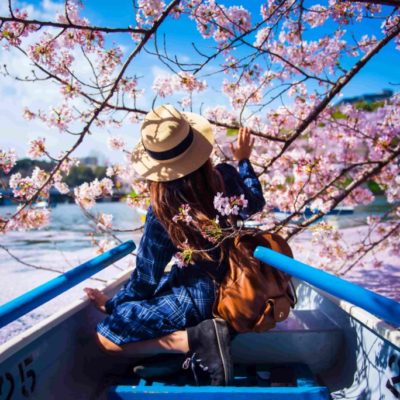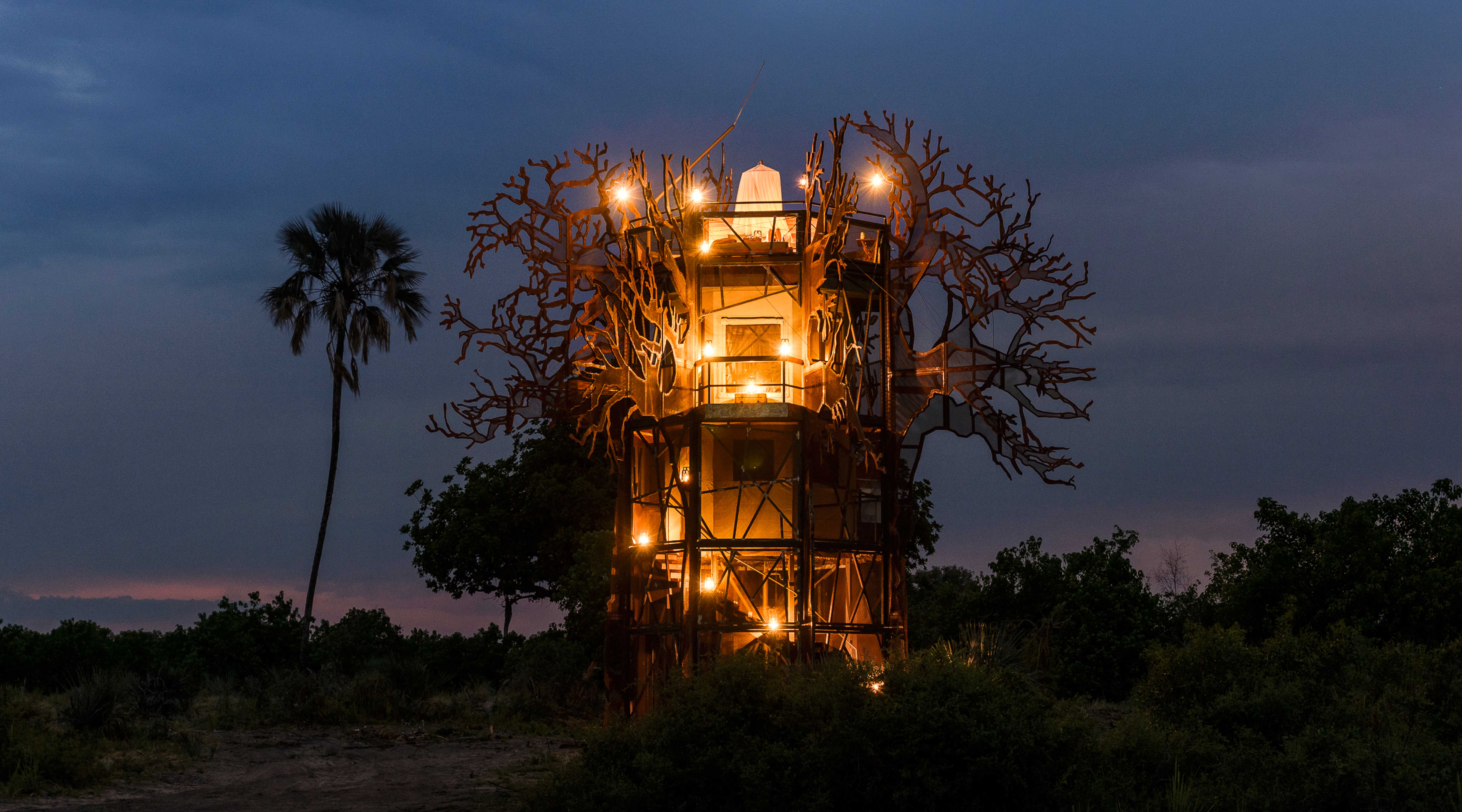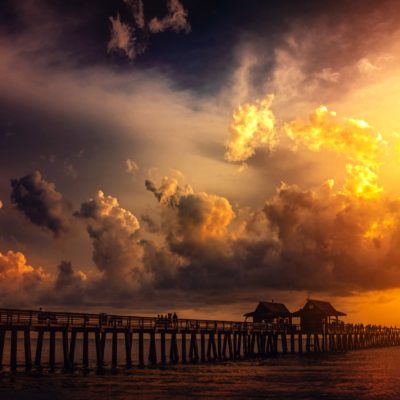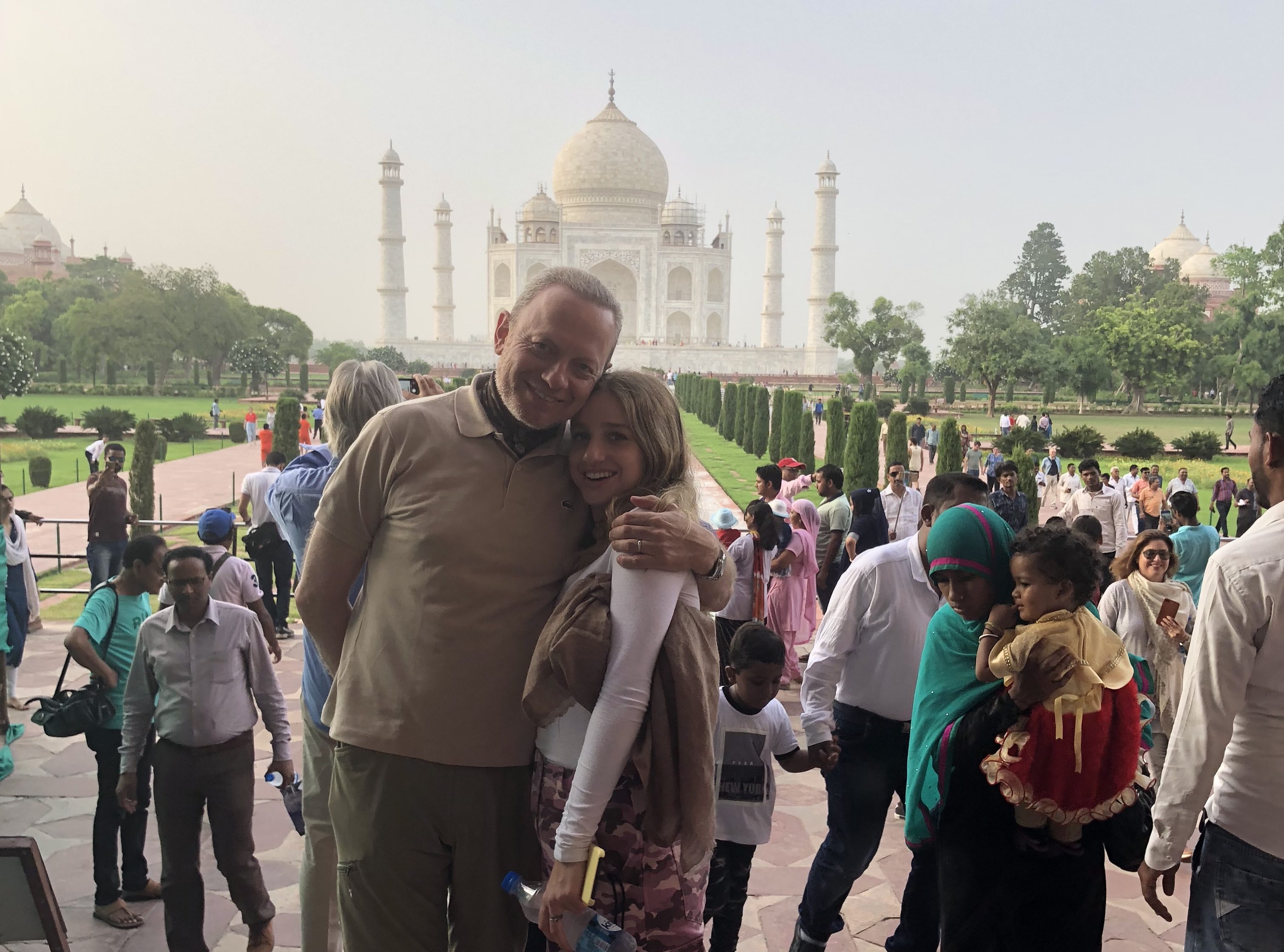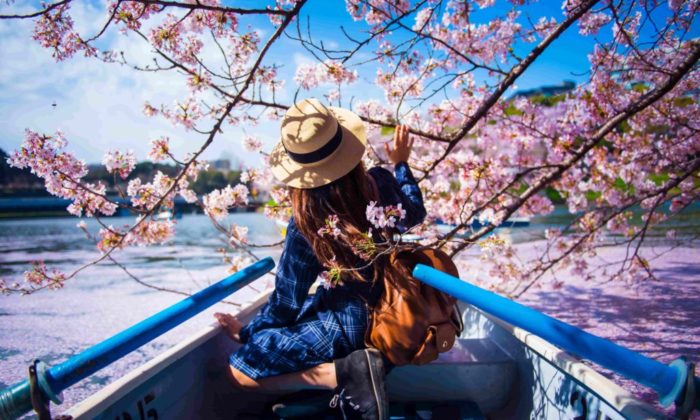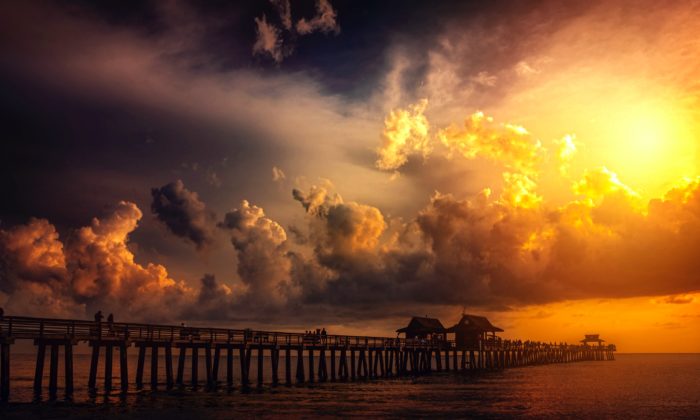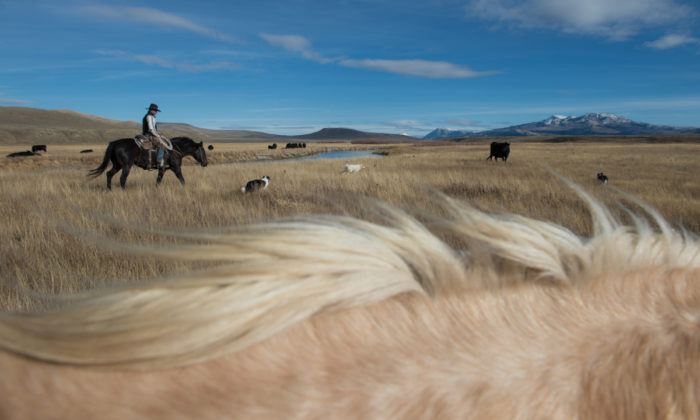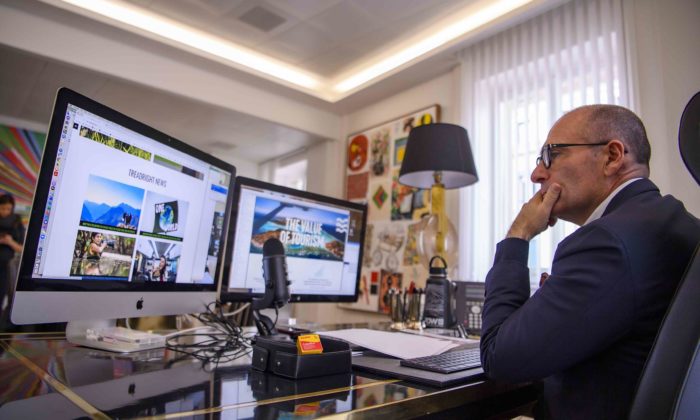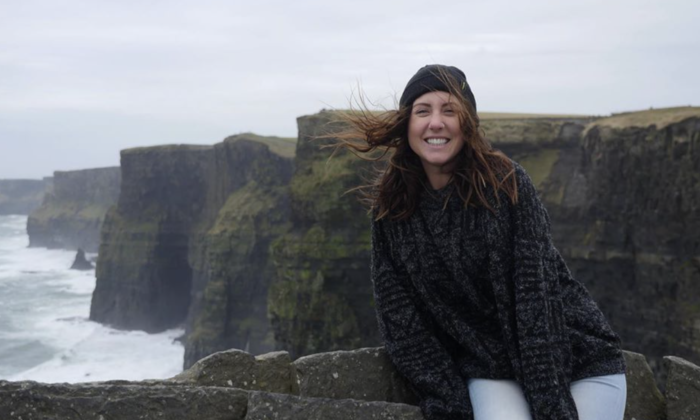From Araveli to the Taj Mahal, Our Unforgettable Family Journey through Incredible India
“To me, India’s always represented ‘everything’; it represents ‘all.’ Everything is here. You can stay here forever, and you’ll never feel like you’ve missed out on life.”– Chris Martin
Namaste. I am writing this month’s story during our 22 hour trip home to LA with my family, after our first trip to India – a truly remarkable and unique country.
Reflecting on our two weeks there, like every other country I have visited for the first time, I am deeply touched and moved by the locals we met, what we saw, experienced and learnt about this fascinating and very different destination.
India is home to the largest number of poor people in the world – one third of the world’s poor. 30% of Indians live on 65 cents a day, and its home to 25% of the world’s hungry – 200 million Indians are undernourished. We learnt that 200 children under the age of five die every hour there!
Learning About the Local Communities and Contributing to Meaningful Change with ME to WE
Once again, we traveled with ME to WE. This incredible organization, WE Charity chose to focus its efforts in India in Rajasthan as it is one of the poorest states in India, landlocked, with poor governance, water scarcity and the lowest ground water level of any state in India. With 30% of its population being tribal, this causes other issues around education and nourishment. Whereas most NGO’s camp themselves close to the cities for convenience, WE realized that the greatest areas of need are those furthest in the remote parts of this mountainous region.
Fifty percent of the girls who live in this state do not go to school, and 60% of those who do go, drop out before completing Grade 5. 50% of women and children living here are malnourished, 42% of children under the age of five are stunted and underweight, due to food availability and access being very limited and due to women and children having a lower social status in these tribal areas. One in six women die in childbirth.
Besides learning about some of these basic facts about life in this region and these staggering statistics, traveling there also reminded us that our preconceived perceptions and expectations rarely are appropriate nor correct. The various anticipated worries before leaving for India about visiting India, especially during its “off-season” (monsoon rains, high temperatures and intense humidity, being inundated by mosquitos) were largely not experienced by us. We often heard comments from others before leaving about the overcrowded streets and children begging, and while there is certainly that in India and elsewhere, these were not the overwhelming experiences that defined this country for us.

Travel Truly is a Force for Good
This underscores once again why we believe travel truly is a force for good and matters. By visiting, we opened our hearts and minds to a better understanding of just a little of the remarkable history, the culture and their people. We contributed directly to the local economy by spending time and money in different places and supporting local artisans, merchants, restaurants, taxi drivers, etc, as well as interacting with some of them – and in turn helped numerous families and small businesses. Our lives were touched and enhanced by the people we met, and hopefully we in turn did the same for a few of them.
We are big proponents and advocates for tourism to India, something their Minister of Tourism needs to do much more to promote consistently which we’ve not seen enough of lately. They need to relaunch their successful “Incredible India” campaign from some years ago, and we were saddened to learn that inbound tourism has not grown, unfortunately.
We were deeply moved and touched by the beautifully elegant, friendly, polite and graceful people we met and saw on our travels around Northern India. We spent a little time in Delhi and truly enjoyed the time we spent in the Aravalli Mountains, in Udaipur (“the Venice of the East”), Jaipur and Agra.
Helping Empower Communities by Working Alongside Local Families on a Sustainable Development Project
Our family came on a “purpose-driven” volunteering trip, with metowe.com, to help continue building out another school they are constructing for the local community of Antri, in Rajasthan (the royal state of India), an ongoing, multi-year project.
The WE Villages (we.org) development model involves having their dedicated local team work with rural villages and regional governments to support, teach and empower people within five established Pillars of Impact:
- Education – Quality primary education
- Water – Safe & clean drinking water and sanitation systems
- Health –Sanitation and health care services
- Food – Agriculture and food security
- Opportunity – Alternative income projects
Traveling with other like-minded families and individuals last month, some of whom we did a similar school-building project with last year in Kenya, we were welcomed warmly and traditionally to the Araveli Cottages and Tented Camp, located about 2.5 hours from Udaipur’s airport.
Acclimation included morning yoga, a Hindi language lesson, partaking in a Poja– a traditional Hindu prayer ceremony to mark the beginning of an auspicious event, with a blessing to ensure the success and prosperity of the work being done, learning some folk and Bollywood dance moves, Mewari art (miniature painting originating from the 17thcentury in the area), henna, tie-dying and block-printing, cooking a game of cricket, nature hikes, meditation and Jhapki, a brief afternoon “siesta”.

On the build site, we mixed cement and built walls (my wife Miranda and sister Vicki were stars with the former, and I was so impressed with our children’s dedicated efforts with brick laying as seen in these photos) for the classroom we focused on that week, as well as creating some wall art inside one of the recently completed classrooms.





There was even the opportunity to work on demolishing an old wall which was to be replaced by a new and safer boundary wall, which I enjoyed working on with Jake and Max, and Lane, a family friend, who got to celebrate his 14thbirthday in India too. They certainly enjoyed the opportunity to bash in some of the old boulders and rocks making up this wall, as seen here in helmets and safety glasses.


Taking Action and Driving Social Change with Humanitarian, Activist and Social entrepreneur, Craig Kielburger
Craig Kielburger, Co-founder of WE Charity along with his brother Marc, joined us for a couple of days, and it was great to spend time again with him. We spoke about some of their latest projects (their recent social enterprises, creating and distributing high quality organic chocolate and smallholder women coffee growers in Ecuador, hand roasted in small batches, in support of the communities they work in) and how we can all do more to help support and sustain their truly remarkable community projects in the more than ten countries they work in today.

Craig and I also had some time together in the camp’s kitchen one day, working with their admirable culinary team led by the brilliant Chef Asant, to prepare some additional dishes to the delicious local cuisine they specialize in. I always enjoy doing this, visiting the local village to procure vegetables, working side by side with local chefs, sharing recipes, tips and techniques, and getting to know a little about them.



Spending Time in a Local Village: “A Day in the Life”
While at Araveli, we also participated in “A Day in the Life” activity – spending time in a local village, helping the local women with their morning activities. We learnt to make chapatti in a local community leader’s home (Monsi Bai – 44 years old, married with no children after suffering several miscarriages as a young child bride), hauled water from the local well, fed their animals and applied a mixture of dung, soil and water to a wall they are repairing.




These experiences informed us about shared communal responsibility and frugality, in response to their limited resources and sustainability defined by the renewable and functional use of resources. We observed how WE has helped improve their health and quality of life by introducing a two stove, vented system which allows them to boil clean, safe water while also being able to heat a hot plate on which to cook the chapatti bread and their new local legumes and other vegetables, which WE have taught them to grow to improve the diversity of their diet.
We also spent time with local men and women in gender specific circles, to learn more about what is important to women and men in rural Rajasthan, and discover parallels and differences with our lives.
We were so moved by their dignity, their positive outlook, their sense of calm and spirituality. We were also reminded, daily, about how lucky and prosperous we all are in the West, with our substantial quality of life, medical care, access to a prodigious and varied food and clean water supply, material goods and so much more.
Exploring Colorful and Vibrant Rajasthan
Our time there was further enhanced by visiting various monuments and historical sites. Particularly memorable was visiting the Kumbhalgarh Fort. Having the second longest wall (after the Great Wall of China), this Mewar fortress was built during the 15thcentury by Rana Kumbha and then enlarged later in the 19thcentury. It was the birthplace of Maharana Pratap, the great king and warrior of Mewar. It was occupied till the late 19thcentury and is now open to the public as a museum. Our local guide still lives there with a small local community, as do many local monkeys.



Our week’s time spent at Araveli ended. After many fond farewells to the team who work there and who had become friends, we departed for several days of sightseeing to see a little of this beautiful, diverse and fascinating country.
This “post extension” trip was also an opportunity to experience some of what international travelers will experience when coming to India with one of our award-winning brands who bring guests to this part of the world, such as Luxury Gold, Uniworld, Trafalgar, Adventure World, Contiki and Thompson Holidays.
We drove to Udaipur, where we saw the Lake Palace and City Place (both featured in the James Bond film “Octopussy”) and then experienced urban Indian life with a walk through a local market there, having the opportunity to purchase some gorgeous local handicrafts for friends and family back home.
Life on the streets there is fascinating – what my sister Vicki (who has visited often) calls “a beautiful chaos”. Cattle, local buffalo, donkeys, dogs, pigs, sheep, goats and even camels roam roam untethered on the streets and roads in this part of India, mixing with vehicles, motorbikes and bicycles. They seem to know who they belong to and there are apparently no arguments about livestock ownership.

We then continued on by plane to Jaipur, “The City of Victory”, commissioned by the boy Prince Maharaja Jai Singh II – a warrior, astronomer and politician, who reigned over the Mughals from 1699 to 1743. Today the city is pink, which came about in 1876, when King Edward VII visited, and the entire city was given a coat of pink paint, hence the name “The Pink City” today.
Here we visited the Amber Fort, once the ancient citadel of the ruling Kachhawa clan of Amer, before the capital was shifted to the present-day Jaipur. It’s unique artistic style blends both Hindu and Muslim (Mughal) elements beautifully. We also saw the City Palace, a wonderful combination of Muhal and Rajput forms of architecture, which today is partly a museum and also the home of the current royal family there. We also visited some of the local old bazaars, where local art like Zardozi embroidery, Gotawork, Kinari, silver ornament work and precious stonework is still done.
Admiring the Architectural Marvel and Immortal Love of the Taj Mahal
We journeyed onwards for our last night’s stay in Agra, the most highly anticipated one, being our chance to see and visit the Taj Mahal, surely on everyone’s bucket list of World Heritage Sites to visit!
Agra flourished under the patronage of the emperors Akbar, Jahangir and Shah Jahan, and attracted artisans from Persia and central Asia. This is where Emperor Shah Jahan engraved his immortal love for his Empress (who died in her early thirties) in the Taj Mahal, built from local Makrana marble (chosen for its translucency, is crystalline white and not porous). It took 22 years to build, using 20,000 skilled workers. It is 23 stories high and is in an Indo-Islamic style.


Our local guides, Virendra Gupta and Prashant Jain were fantastic in explaining so much of the history and detail behind the building and the families and people who built and preserve it. It is a perfect manifestation of the wealth and luxury of Mughal art as seen in its architecture, garden design, paintings, and calligraphy.
We witnessed the splendor of the Taj Mahal at sunset and sunrise the next morning. What an unforgettable highlight and one which we will all always remember. We also visited the Agra Fort, an imposing structure of red sandstone, almost two miles long, containing palaces, mosques and audience halls. The government is doing an ongoing restoration project, replacing the porous red sandstone walls on an ongoing basis. Some truly stunning structures and finishes, and the opportunity to observe the Taj Mahal from another angle.

As a proud third generation hotelier, whose family’s Red Carnation Hotel Collection was recently named the 2ndBest Hotel Brand in the World (by Travel & Leisure magazine – July 2018), it is always wonderful to stay at brilliantly run, beautifully designed hotels. So, a big shout out to the Oberoi Hotels family of PRS and Vikram Oberoi.
We were very fortunate to stay at three of their stunning properties – the Udaivillas in Udaipur, Rajvilas in Jaipur and Amarvilas in Agra. Each was faultless in their attention to detail, warm and welcoming service, and spectacular properties. Thank you to all of the Oberoi team, and the very warm, personal welcomes we received from their General Managers, Amit Kaul and Abhishek Sharma, and acting manager Prachi Sati.
Supporting Incredible Kaleidoscopic India
Every country needs a strong tourism sector, and India is an incredible destination for the international traveler. Despite what we were told before we went about July and August being not ideal times to visit, we can definitely recommend traveling at this time of year. The cities were devoid of international tourists, there were no lines for the monuments and famous sites, and the people could not have been more gracious and welcoming.
India is an exceptional place. A complicated, beautiful, deeply spiritual country filled with so many layers and contradictions and customs, that we feel we only just “scraped the surface” of. There is so much to see and learn there, and we look forward to going back. From our time in the remote villages of Rajasthan to the incredible cities like Agra and Jaipur, we feel we left with these new places and people in our hearts forever, and I hope this brief snapshot of our time there will inspire you to venture forth and experience INCREDIBLE INDIA – especially with ME TO WE.


Wishing you all the very best and many happy travels,
Brett
